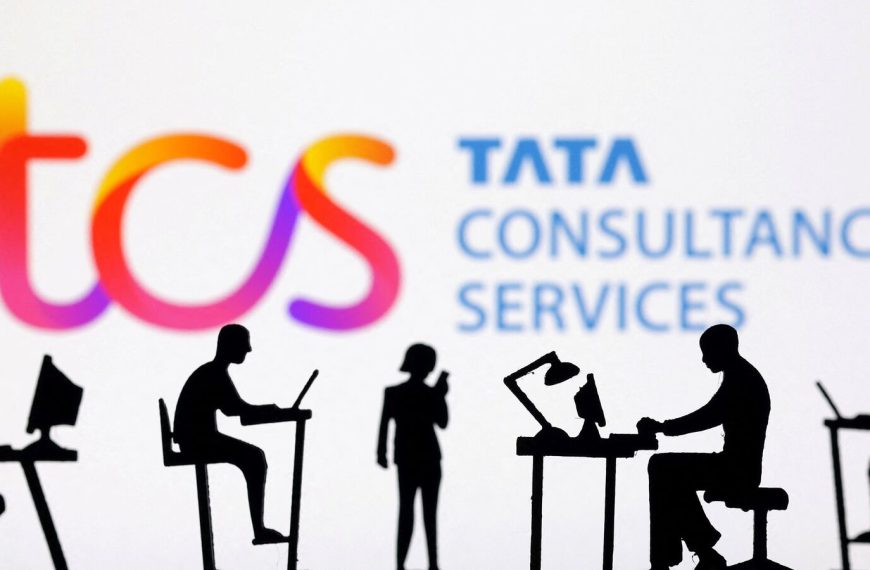Stock market investors, particularly those new to the game, have faced a whirlwind of emotions over the past six months. After enjoying an impressive four-year rally, many were caught off-guard by the abrupt market correction. However, there’s a silver lining: despite recent downturns, the stock market has posted positive returns for FY25, which concludes on Monday. Even more encouraging, real returns—calculated by subtracting the consumer price index (CPI)—are holding steady, with major indices performing well against inflation.
Positive Stock Market Returns Despite Challenges
In FY25, both the Sensex and Nifty have delivered returns exceeding 5%, outpacing an average CPI of 4.75% up to February. This is a reassuring sign for investors, especially considering that over the last decade, these benchmark indices have generated average real returns of 8.2%. This performance slightly trails behind gold’s 8.4% but surpasses silver’s 7.5%. Furthermore, mid-cap and small-cap indices have outperformed, yielding impressive returns of over 14% and 16%, respectively.
Market Dynamics: A Tale of Two Halves
The past fiscal year has presented a stark contrast in market performance. In the first half, the 30-share Sensex boasted returns of 14.46%, fueling hopes for a repeat of the previous year’s extraordinary 24.85% returns. However, the latter half of the year brought about a significant correction, dampening investor optimism.
The downturn began in late September, coinciding with a flurry of negative news. Foreign portfolio investors (FPIs) turned their attention toward the undervalued Chinese market, attracted by the government’s stimulus efforts. Meanwhile, India’s economic growth stumbled to 5.6% in the second quarter, prompting the Reserve Bank of India to revise its GDP forecast downwards from 7.2% to 6.6%.
Earnings Disappointment and Market Reactions
India Inc’s lackluster earnings growth in the second and third quarters raised concerns regarding high valuations. Compounding these issues were external factors such as the onset of the U.S. Federal Reserve’s rate cut cycle and political uncertainties, leading to a significant decline in benchmark indices by over 8% and broader markets by over 15% in the last six months.
Expert Insights on Market Trends
Nimesh Chandan, Chief Investment Officer at Bajaj Finserv AMC, has attributed the latter half’s slowdown to several factors, including an extended monsoon season and delays in decision-making amid election season. He emphasizes a crucial market shift from capital expenditure (capex) to consumption-driven growth. “With increased government spending at both central and state levels, sectors linked to consumption are poised to lead in earnings growth,” he stated.
Naveen Kulkarni, Chief Investment Officer at Axis Securities PMS, noted that the GDP’s underwhelming performance and rising global uncertainties have pushed investors towards gold. However, he remains optimistic about the upcoming quarters. “The end of the earnings downgrade cycle is in sight, and Q4 numbers should show sequential improvements,” he mentioned. He also anticipates that FY26 will demand a more stock-specific investment approach, favoring quality assets.
Chandan further highlighted that current market volatility is largely driven by headlines related to tariffs, causing investor anxiety. “As investors navigate this uncertainty, they are adjusting valuations downwards due to a lack of clarity on earnings in impacted sectors,” he explained.
Conclusion
In summary, while the last six months have been tumultuous for stock market investors, the outlook remains cautiously optimistic. With potential growth in consumption sectors and improved earnings expected in the upcoming quarters, investors may find opportunities to strengthen their portfolios in FY26.











